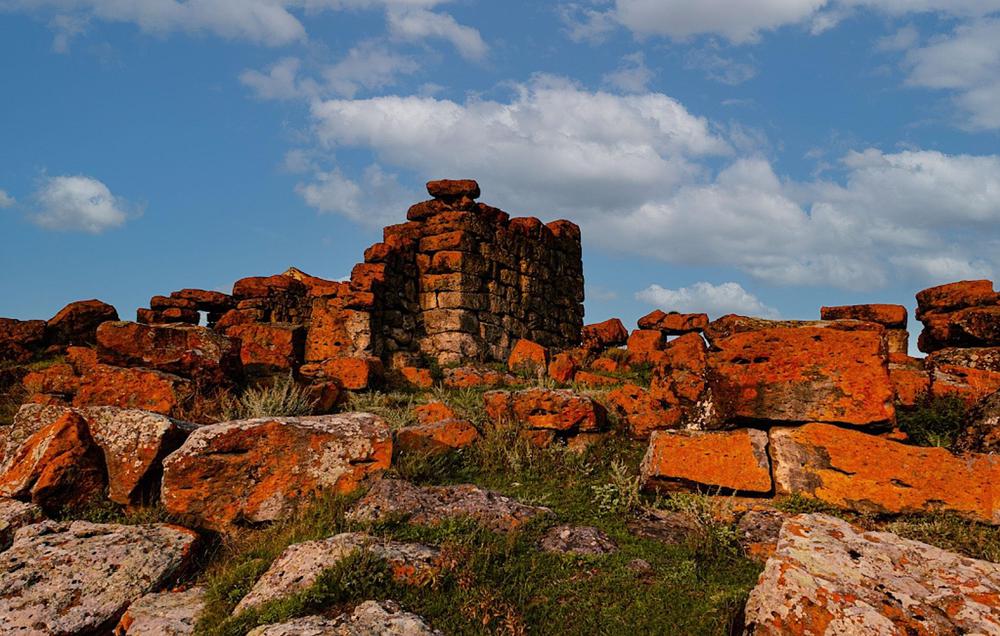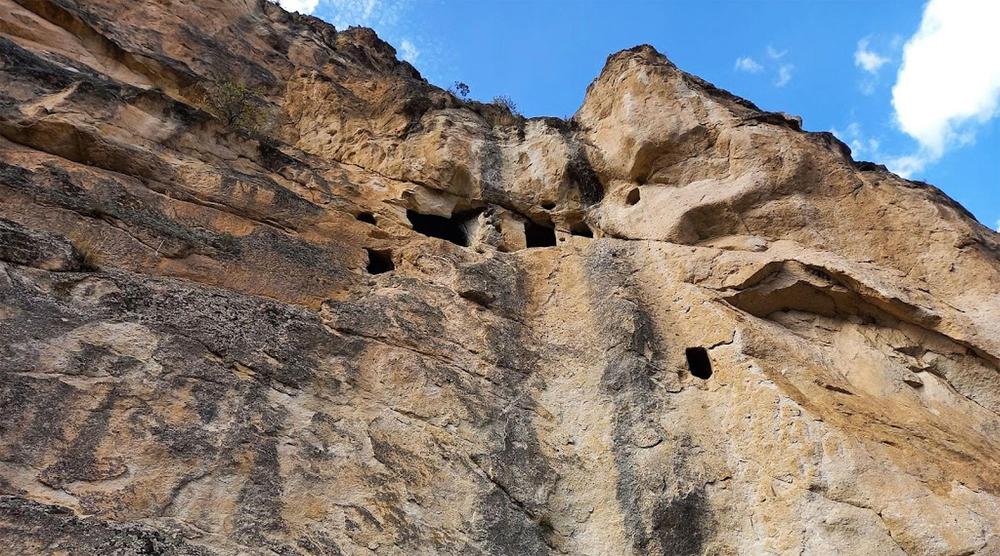Nestled within the heart of the scenic Uraveli River Valley in Samtskhe-Javakheti Region, the Agara Monastery whispers centuries-old tales of Georgia's cultural grandeur. It's not just a mere monastery, but an echo of legend, believed to be the nurturing ground for Georgia's iconic poet, Shota Rustaveli. His lyrical genius is said to have been honed amidst these ancient walls.
Imagine a mountaintop crowned with a monastic complex, encased on three sides by a living tapestry of deciduous forest, while a sheer cliff stands as a sentinel on the fourth side, plunging towards the river below. That's Agara Monastery for you - a testament to a bygone era, a place that has seen the passage of time since its inception in the 10th century around a 6th-7th-century church.
At the heart of the complex stands a magnificent church, harking back to the 10th-11th centuries. Recognized as one of Georgia's largest single-naved churches, it retains its regal aura despite the weathering of centuries. Time might have eroded the monastery, but the frescoes adorning the church walls and the intricately carved window above the main entrance still breathe life into this ancient structure.
The Agara Monastery is a kaleidoscope of architecture, with four more churches that have silently watched the turning of centuries from the 5th to the 14th. Accompanying these timeless edifices are a melodious bell tower, a welcoming refectory, a hidden cellar, and several supportive structures.
In its current state, the main church is a beautiful ruin, but one that still showcases the charm of one of the country's most impressive basilica-style constructions. The past comes alive within the 11th-12th-century dining area, and the 13th-14th-century bell tower seems to ring with history. And within the complex, one can find the remains of commercial and residential buildings, each adding another layer to the rich history of the monastery.
Indeed, the Agara Monastery, with its vast scale and architectural splendour, paints a vivid picture of a time when it was a bustling centre of religious and cultural activity. The inscriptions etched on some of the ruins serve as historical footnotes, adding depth to the story of this grand Georgian Orthodox monastic complex. Today, weathered and worn yet stunningly resolute, the Agara Monastery is a proud beacon of Georgia's intricate ecclesiastical architecture and deep-rooted literary heritage.












